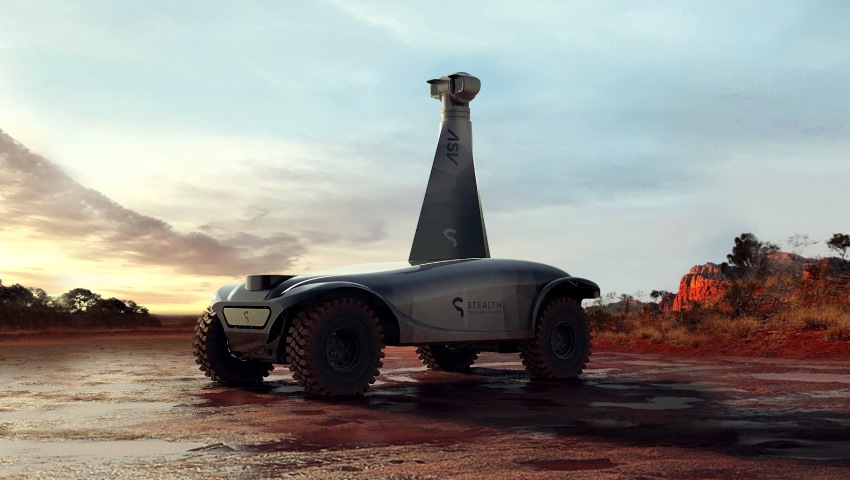An ASX-listed company has been tasked with developing an autonomous drone carrying vehicle used to detect CBRN agents, as part of a new deal with DSTG.
Stealth Technologies, a subsidiary of Western Australia-based firm Strategic Elements, has announced it would collaborate with the Defence Science and Technology Group (DSTG) to design and deliver an autonomous drone carrying vehicle, built to automate detection and sensing of chemical, biological, radiological and nuclear agents.
The autonomous vehicle will be used to carry drones and sensors into a target environment, assessing the level of contamination ahead of the arrival of personnel.
The platform is expected to enable rapid traversing of the target area by leveraging sensors to map and monitor the location of CBRN sources.
DSTG has committed to supporting the collaboration by providing personnel, existing DSTG-developed CBRN search algorithms, and access to ongoing search algorithm development and implementation support.
This will be in addition to providing access to facilities, equipment, and Defence test sites.
The CBRN collaboration is expected to leverage existing IP, and collaborative work conducted with other industry partners, including Honeywell, WA Department of Justice, the University of Western Australia (UWA), CSIRO and Planck AeroSystems.
DSTG, UWA, and the WA Defence Science Centre (DSC) have committed to providing $350,000 in cash and in-kind services to the collaboration, with Stealth Technologies investing an additional $350,000.
The WA DSC has also agreed to provide $150,000 in funding to support the project under the Collaborative Research Grant, aimed at supporting the strategic goals of the state government's Western Australian Defence and Defence Industries Strategic Plan.
Once developed, the autonomous CBRN vehicle will be tested during live demonstrations before Defence officials, which will then be tasked with investigating advanced manufacturing capabilities and facilities for production in Western Australia.
Stakeholders will also explore the potential for the autonomous capability to be used for other applications, including resupply operations, and intelligence, surveillance, and reconnaissance (ISR) missions.
“The autonomous CBRN vehicle has the ability to mitigate certain risks that our Australian Defence personnel face in CBRN environments whilst increasing the efficiency and accuracy of CBRN detection and sensing,” managing director of Stealth Technologies Charles Murphy said.
“I am proud of our Stealth team, the AxV autonomous platform is gaining significant credibility and trust amongst some very serious players looking for autonomous solutions.
“We see significant commercial opportunities to build its value across multiple sectors such as security, defence, mining and logistics.”
This new project comes amid a spike in demand for CBRN equipment off the back of the COVID-19 pandemic, with the global market for CBRN defence estimated at US$16.2 billion in 2020, and projected to increase to US$21.9 billion by 2027.
[Related: WA defence projects receive funding boost]









